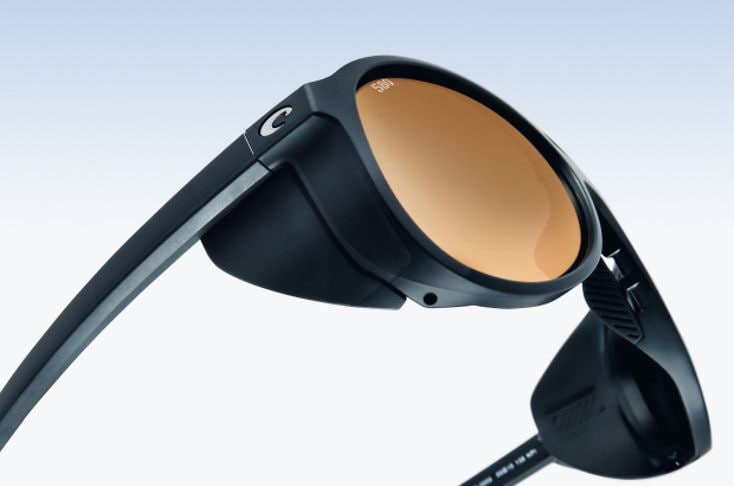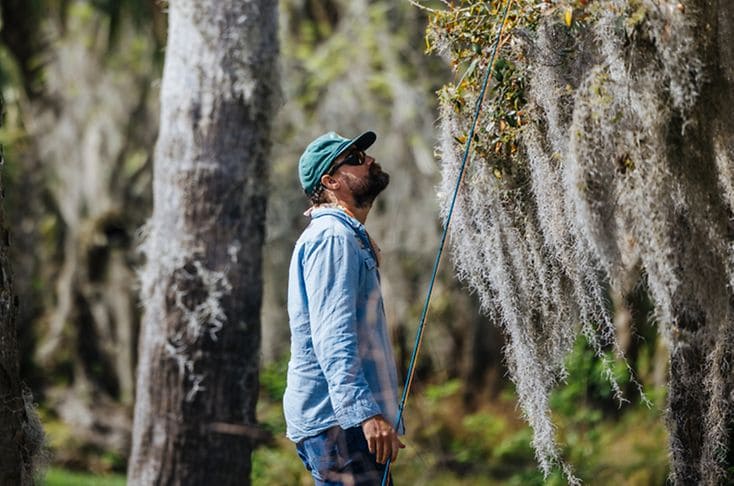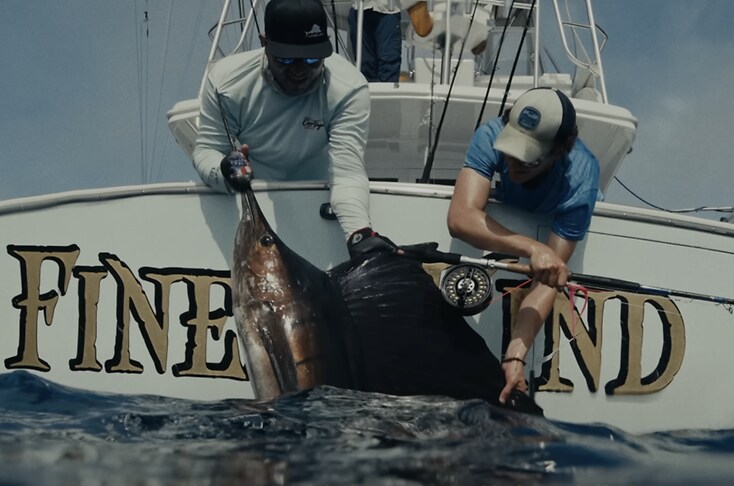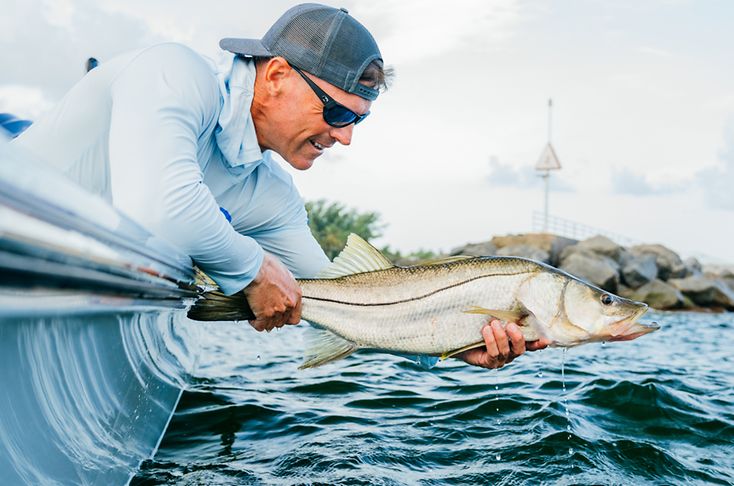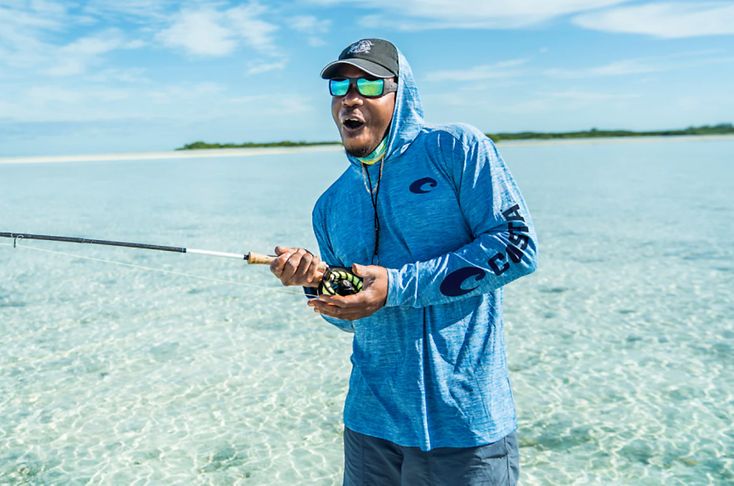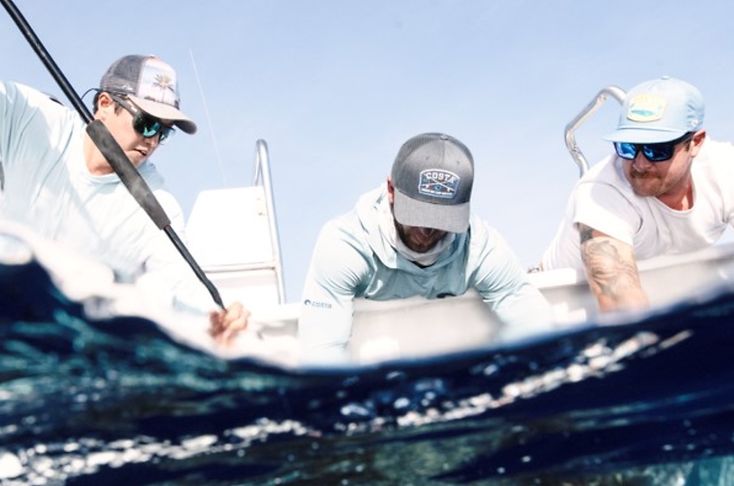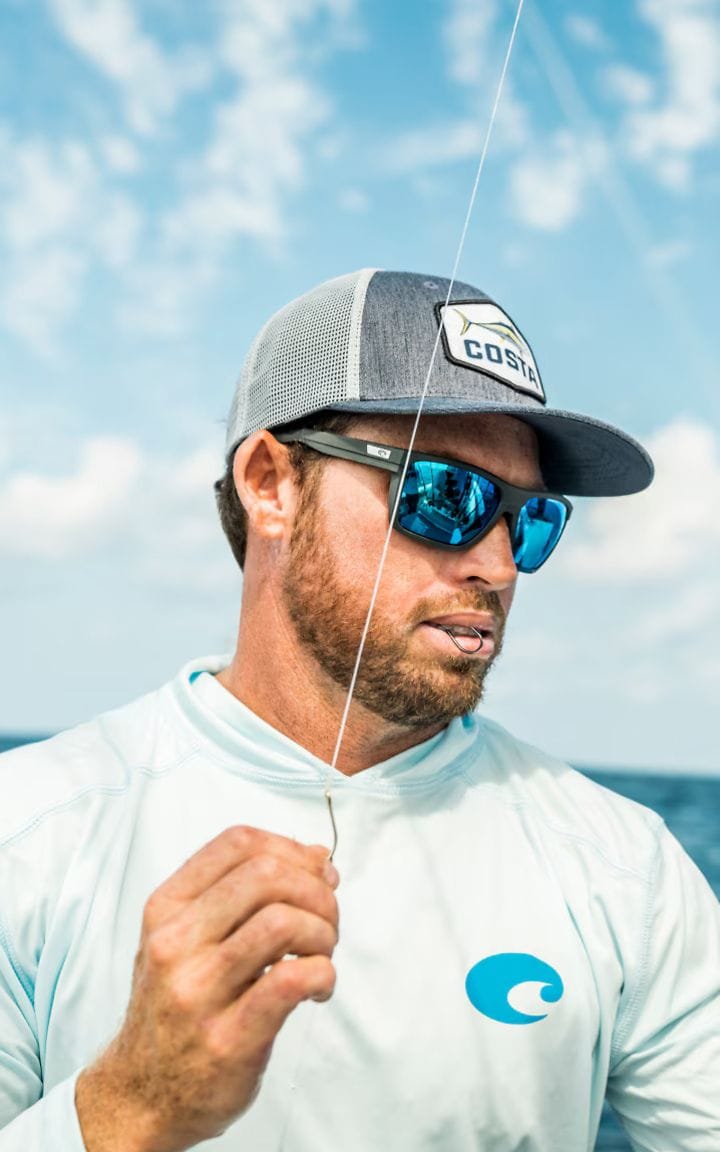UV Protection During Outdoor Adventures:
Why It’s Essential

Why UV Protection Is Essential for Your Outdoor Adventures
The sun’s energy is an important source of life for our planet. But despite its many benefits, overexposure to the sun’s ultraviolet (UV) rays can be harmful to your health. This creates the need for adequate UV protection — not just for your skin, but also for your eyes.
For the outdoor enthusiast, contending with the sun and its relentless rays is part of life. Whether you find yourself venturing on land or into open waters, the right pair of shades can help shield your eyes from the sun’s harmful rays.
Read on to learn about some of the effects of ultraviolet radiation, and how sunglasses with optimal UV protection can help safeguard your eyes during your outdoor adventures.

Understanding the Invisible Threat of UV Radiation
You’re probably aware of the risks UV radiation poses to your skin. And you understand the need to wear sunscreen when spending time outdoors. But ultraviolet rays also pose several risks to your eyes and vision. Here’s how:
Ultraviolet light from the sun is part of the electromagnetic spectrum. It occurs in three different wavelengths:
UVA rays
These rays have the longest wavelength (315 to 400 nanometers) but produce the least amount of energy. UVA rays can “age” the eye tissues, eyelids and surrounding skin, and are associated with certain skin cancers.
UVB rays
UVB rays emit a shorter wavelength (280 to 315 nanometers) and are a form of radiation that causes the skin to burn. These rays have been linked to the majority of UV-related cancers.
UVC rays
Though UVC rays have the shortest wavelength (100 to 280 nanometers), they emit the highest amount of energy. They don’t fully penetrate the Earth’s ozone layer, so they are generally not a concern in outdoor environments. However, UVC rays can damage the skin and eyes when they come from man-made sources such as UV-sanitizing bulbs and welding equipment.
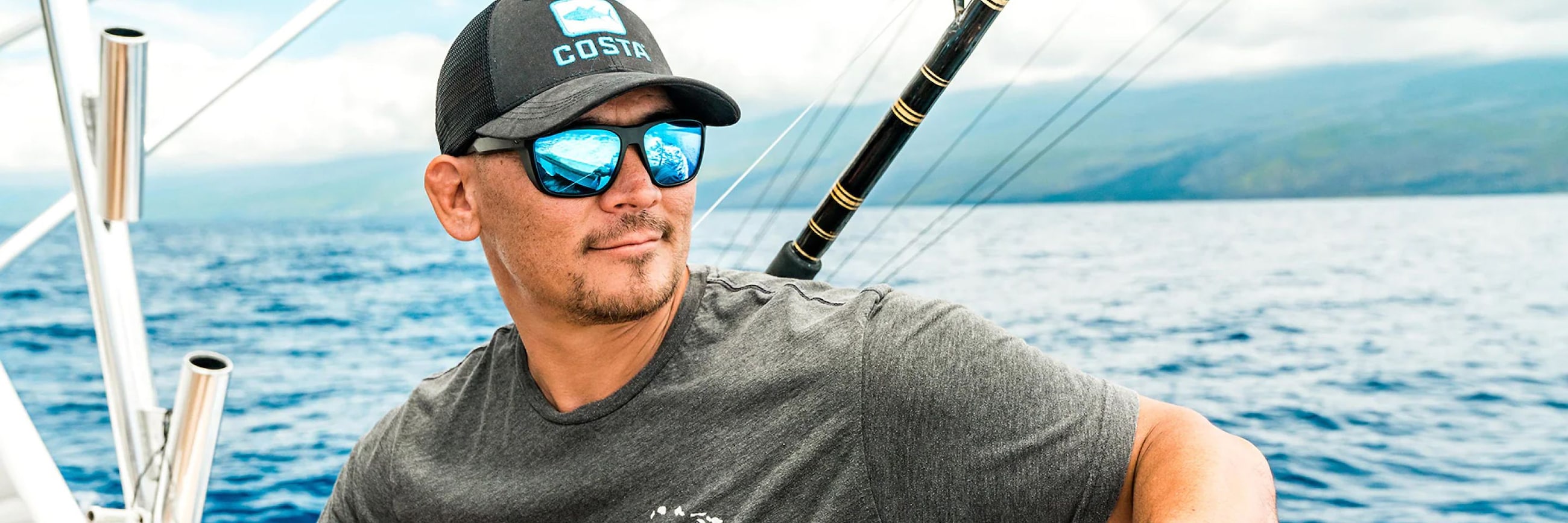
How UV Rays Impact Our Eyes: Beyond the Visible
While a small amount of electromagnetic light is visible to the naked eye, UV rays are not something you can see. Often, their effects are felt after the fact, once damage has occurred. Sometimes the damage is immediate, like with a sunburn, but the effects of UV exposure build up over time and may lead to some serious eye conditions.
As such, protecting your eyes with UV sunglasses when outdoors is essential to preserving your eye health and vision. Your eyes are more vulnerable to UV light than visible light, and leaving them unprotected could increase your risk of damage.
Eye and Vision Consequences of UV Exposure
Whether casting lines into crystal clear water or trekking through untamed trails, outdoor enthusiasts are often exposed to the full force of the sun's UV radiation. Beyond the risk of sunburned skin, your eyes are particularly vulnerable to the short-term and cumulative effects of UV exposure.
Short-Term Effects: From Sunburn to Photokeratitis
Even brief sun exposure without proper UV protection can cause sunburn and lead to the following eye-related concerns, such as:
- Photokeratitis (also called sunburned eyes)
- Solar retinopathy (or retina burn)
Long-Term Implications: Cataracts, Eyelid Cancer and Beyond
The longer your eyes are exposed to UV radiation, the higher your risk of eye and eyelid skin damage. These long-term risks include conditions that can affect your eye health and vision, including:
- Pterygium (also known as surfer’s eye)
- Pinguecula
- Corneal damage
- Cataracts
- Age-related macular degeneration
- Eyelid cancers
Wearing UV sunglasses can help lower your risk of developing UV-related eye conditions. And since UV rays can penetrate clouds, wearing UV sunglasses is essential even on overcast days.
Choosing Sunglasses with
UV Protection
Not all sunglasses feature UV-blocking technology or even adequate amounts of UV protection. While some sunglasses have dark-tinted or mirrored lenses, they may not offer optimal protection against ultraviolet light.
When it comes to selecting your ideal shades, consider the following tips:
Choose UV sunglasses that block 100% of UVA and UVB rays for maximum eye protection from the sun.
Look for sunglasses labeled UV400, which provide nearly full protection against UV rays. These lenses block light wavelengths up to 400 nanometers, including UVA and UVB rays.
Ensure your sunglasses fit well and prevent light from entering your eyes around the sides of the lenses.
When spending time outside, wearing sunglasses with 100% UV protection is just as important as applying sunscreen to your skin.
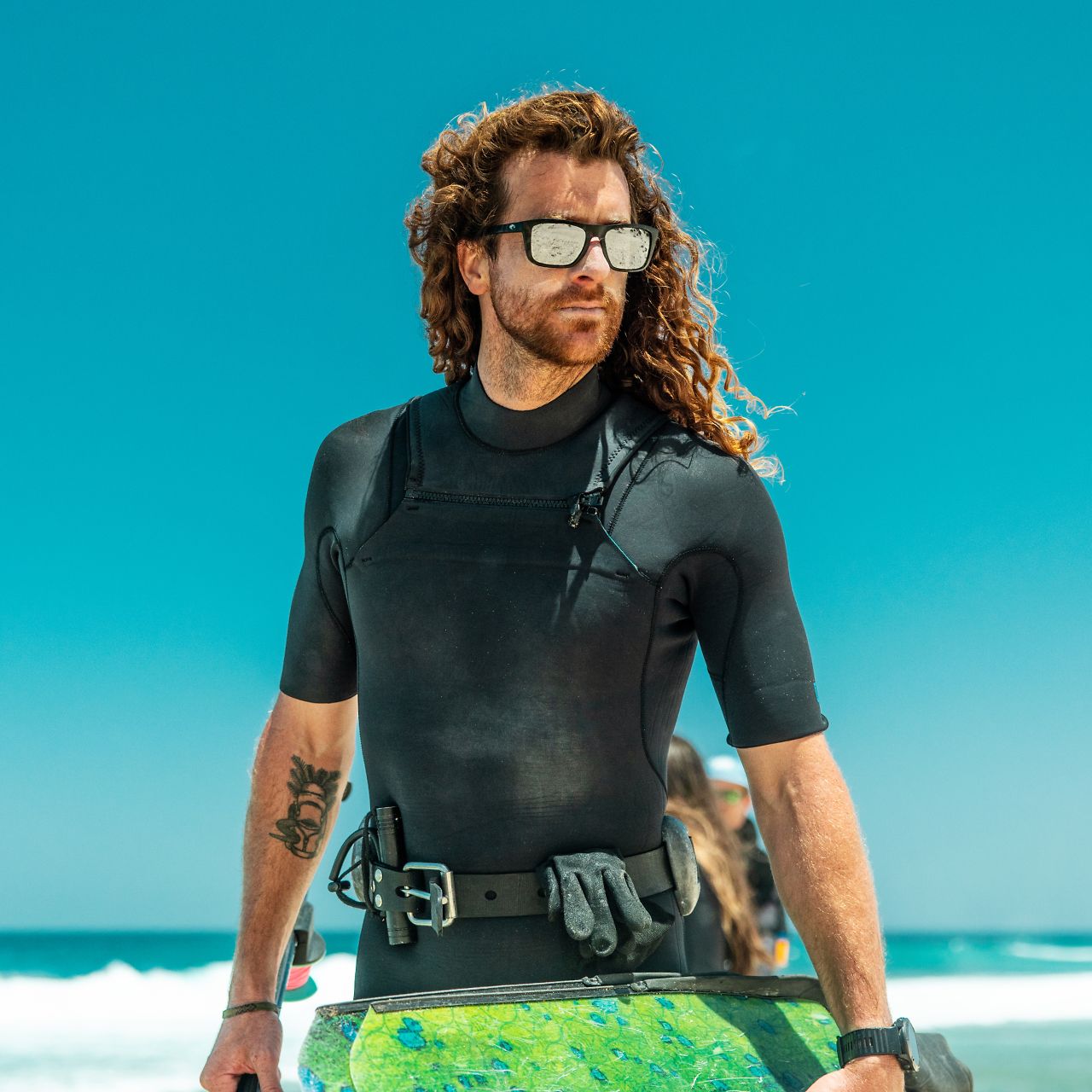
The Science Behind UV-Blocking Lenses
Dark-tinted sunglasses increase your visual comfort in bright conditions by physically blocking a certain amount of visible light from entering your eyes. Sunglass lenses with UV protection also block UV rays from reaching your eyes, reducing your exposure to the sun’s harmful rays.
UV-blocking lenses are generally made from materials designed to reflect, filter or absorb harmful ultraviolet radiation. This may be in the form of a UV coating applied to the lens surface or a chemical compound embedded in the lens itself.
UV Protection vs. Polarization
It’s important to note that “polarized” and “UV blocking” are two different things, and Costa sunglasses are made to do both. Polarized lenses are particularly effective at reducing glare and cutting through reflective surfaces. This allows them to provide enhanced visibility beneath the water’s surface, on snowy slopes or in other bright environments.
All Costa sunglasses provide 100% UV protection and polarization. You can get the best of both worlds when choosing Costas for your eyewear.
Costa's Commitment to Eye Safety
At Costa, we take eye protection very seriously. Our sunglasses absorb 100% of UV light. Many of our sunglass lenses are crafted with Costa 580® technology, which blocks light wavelengths up to 580 nanometers. These lenses filter out short-wave, high-energy visible (HEV) light for ultimate protection, visibility and visual comfort.

Crafting Sunglasses that Do More than Just Look Good
Costa sunglasses come in an array of stylish options and lens tints. Our different sunglass lens colors are crafted to let in varying levels of light, depending on the shade and color of the lens. These options allow you to choose the ideal sunglasses for your environment, whether you're snowboarding in Park City or fishing off the California coast.
Most Costas can also be fitted with prescription sunglass lenses so you can enjoy your outdoor activities without compromising on your vision needs.
Embrace Outdoor Adventures with Confidence
The sun can be harsh on your eyes without the proper eyewear. Selecting UV sunglasses can give your eyes the protection they need and give you the confidence to get out there and do what you love.
Born on the water, Costas are ideal for most outdoor environments. They’re stylish, durable and ready for anything. Browse our collections today as you prep for your next adventure.
Sources:
1. Ultraviolet (UV) radiation. U.S. Food & Drug Administration. August 2020.
2. Protecting your eyes from the sun’s UV light. National Eye Institute. July 2022.
3. How to protect your eyes from UV damage. Johns Hopkins Medicine. July 2019.
4. Ultraviolet (UV) protection. American Optometric Association. Accessed December 2023.
5. Solar retinopathy. EyeWiki. American Academy of Ophthalmology. June 2023.
6. Pterygium (surfer’s eye). Cleveland Clinic. February 2022.
7. Pinguecula. StatPearls [Internet]. August 2023.
8. UV radiation & your skin. Skin Cancer Foundation. August 2021.
9. Costa 580 lens explained. SportRx. April 2023.

